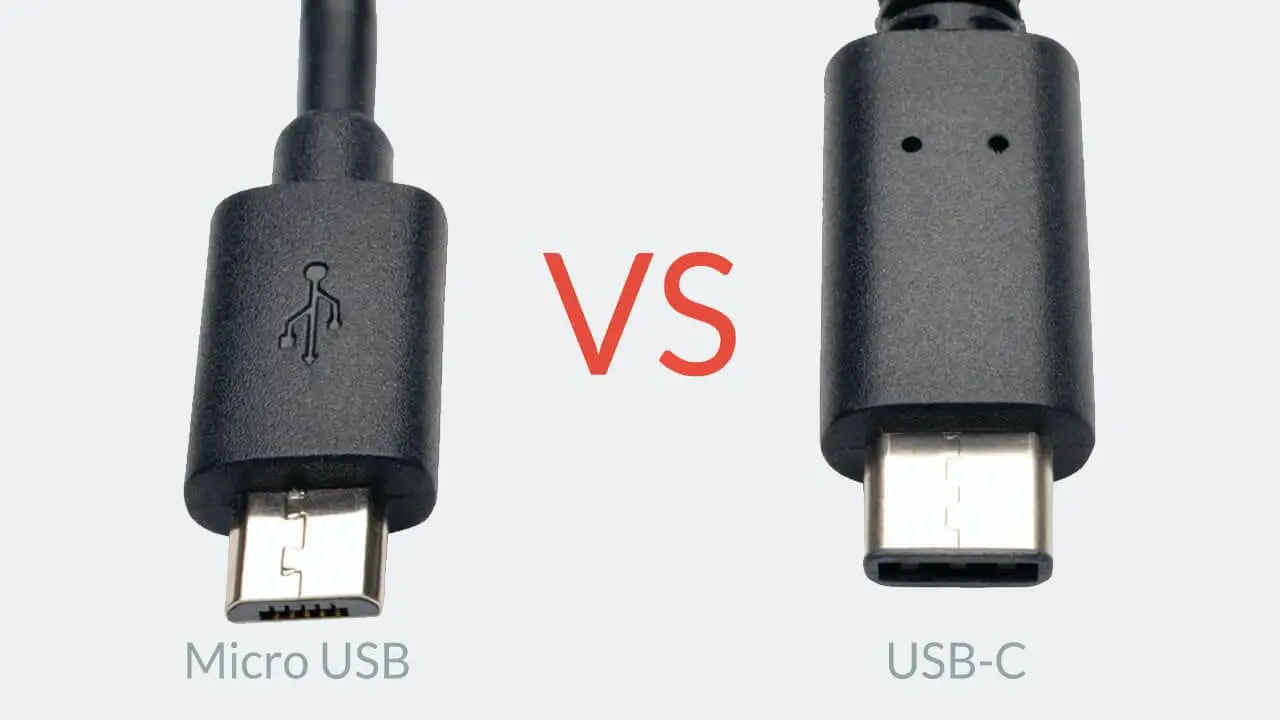Why everything is changing to USB Type C can be attributed to several key advantages that this universal connector offers over its predecessors. USB Type C is a versatile and standardized connector that features a reversible design, allowing for easier and more convenient insertion into devices without the need to worry about orientation. This simplicity addresses a common frustration with older USB connectors and enhances user experience across various devices, from smartphones and laptops to peripherals and accessories. Furthermore, USB Type C supports higher data transfer speeds, up to 10 Gbps in USB 3.1 Gen 2 and beyond, enabling faster file transfers and more efficient data handling. Its ability to deliver higher power outputs up to 100W facilitates fast charging of devices and supports the powering of larger devices like laptops and monitors through a single cable connection.
Universal Compatibility and Interoperability
One of the significant drivers behind the shift to USB Type C is its universal compatibility and interoperability across different devices and platforms. Unlike its predecessors, which came in various sizes and shapes (such as Type-A, Type-B, Mini, and Micro USB), USB Type C consolidates these into a single connector standard. This standardization simplifies the manufacturing process for device manufacturers and reduces the need for multiple cables and adapters for consumers. Devices ranging from smartphones, tablets, and laptops to gaming consoles and audio equipment now increasingly adopt USB Type C, ensuring seamless connectivity and interoperability between devices from different manufacturers and ecosystems.
Enhanced Functionality and Versatility
USB Type C offers enhanced functionality and versatility beyond data transfer and charging capabilities. It supports multiple protocols such as Thunderbolt 3 and DisplayPort, allowing for high-resolution video output (up to 4K and even 8K), audio transmission, and connectivity with external monitors and displays. This versatility makes USB Type C an all-in-one solution for multimedia professionals, gamers, and everyday users seeking streamlined connectivity options without compromising on performance or quality. The ability to daisy-chain devices, connect to external GPUs, and integrate with docking stations further enhances its appeal in modern computing and entertainment environments.

Industry Adoption and Future-Proofing
Industry-wide adoption of USB Type C by leading technology companies and device manufacturers has accelerated its integration into mainstream consumer electronics. Major smartphone brands, laptop manufacturers, and peripheral suppliers have embraced USB Type C as the standard connector for their latest product lines, signaling a shift towards future-proofing devices with versatile and forward-compatible connectivity solutions. This trend is driven by consumer demand for faster data transfer speeds, rapid charging capabilities, and seamless connectivity across devices, ensuring that USB Type C remains relevant and adaptable to evolving technological advancements.
Consumer Convenience and User Experience
USB Type C enhances consumer convenience and improves overall user experience through its intuitive design and functionality. The reversible connector eliminates the frustration of inserting cables incorrectly, reducing wear and tear on device ports and cables over time. The universal nature of USB Type C also means that consumers can use a single cable for multiple devices, simplifying cable management and reducing clutter. Moreover, the support for bi-directional power delivery allows devices to charge each other, enabling innovative features such as laptop charging via a smartphone or transferring power between accessories without the need for additional adapters.
Transition Challenges and Compatibility Issues
Despite its benefits, the transition to USB Type C has posed challenges related to compatibility with older devices and accessories that use legacy USB connectors. Consumers may encounter compatibility issues when connecting USB Type C devices to older computers, peripherals, or chargers that only support USB Type-A or Micro USB connections. This necessitates the use of adapters, dongles, or cables with different connectors to bridge the gap between old and new technologies. Device manufacturers and ecosystem providers have responded by offering transition solutions and ensuring backward compatibility where feasible, mitigating some of the challenges associated with the adoption of USB Type C.
Cost Considerations and Market Dynamics
Cost considerations play a role in the widespread adoption of USB Type C, as manufacturers weigh the expense of transitioning production lines and redesigning devices to accommodate the new connector standard. While USB Type C cables and accessories may initially be more expensive than their older counterparts, economies of scale and increased production volumes have driven down costs over time. Additionally, the long-term benefits of improved functionality, durability, and user satisfaction justify the initial investment in USB Type C technology for both consumers and manufacturers alike. Market dynamics, including consumer preferences, industry trends, and competitive pressures, also influence the adoption and integration of USB Type C across different sectors of the consumer electronics market.
Future Developments and Innovations
Looking ahead, future developments and innovations in USB Type C technology are expected to further enhance its capabilities and expand its applications. Advances in data transfer speeds, power delivery efficiency, and integration with emerging technologies such as augmented reality (AR), virtual reality (VR), and Internet of Things (IoT) devices will drive the evolution of USB Type C as a ubiquitous connectivity standard. Standardization efforts and industry collaborations continue to shape the development of next-generation USB standards, ensuring compatibility, reliability, and performance across a wide range of devices and use cases. As consumer demand for faster, more efficient, and versatile connectivity solutions grows, USB Type C is poised to play a pivotal role in shaping the future of digital connectivity and device interoperability.
In summary, the shift to USB Type C is driven by its advantages in universal compatibility, enhanced functionality, industry adoption, and improved user experience. As technology continues to evolve, USB Type C remains at the forefront of connectivity standards, supporting faster data transfer speeds, versatile power delivery, and seamless integration across a wide range of consumer electronics and professional applications. The ongoing evolution of USB Type C technology underscores its importance in meeting the connectivity needs of modern users and facilitating innovation in digital connectivity solutions for years to come.